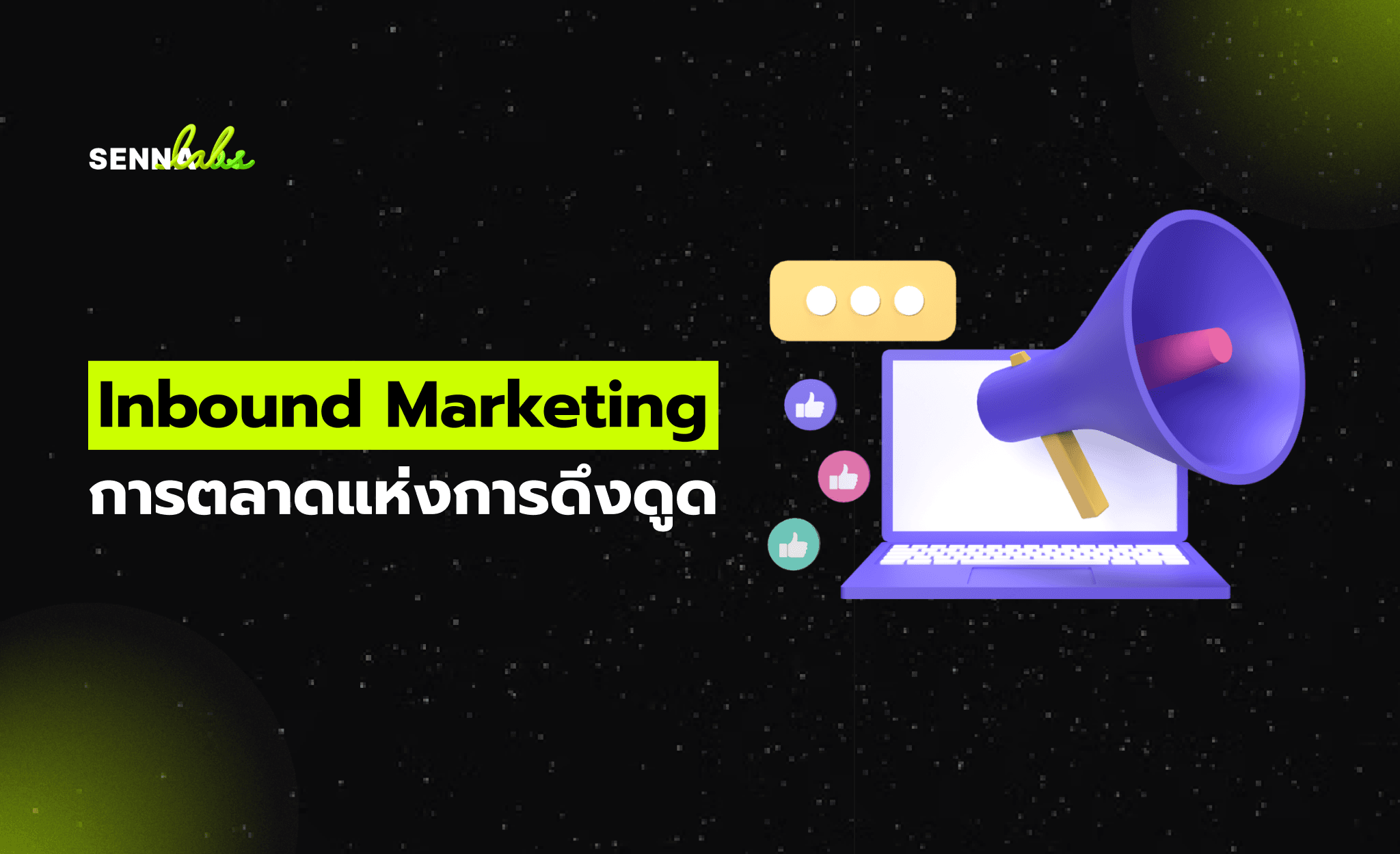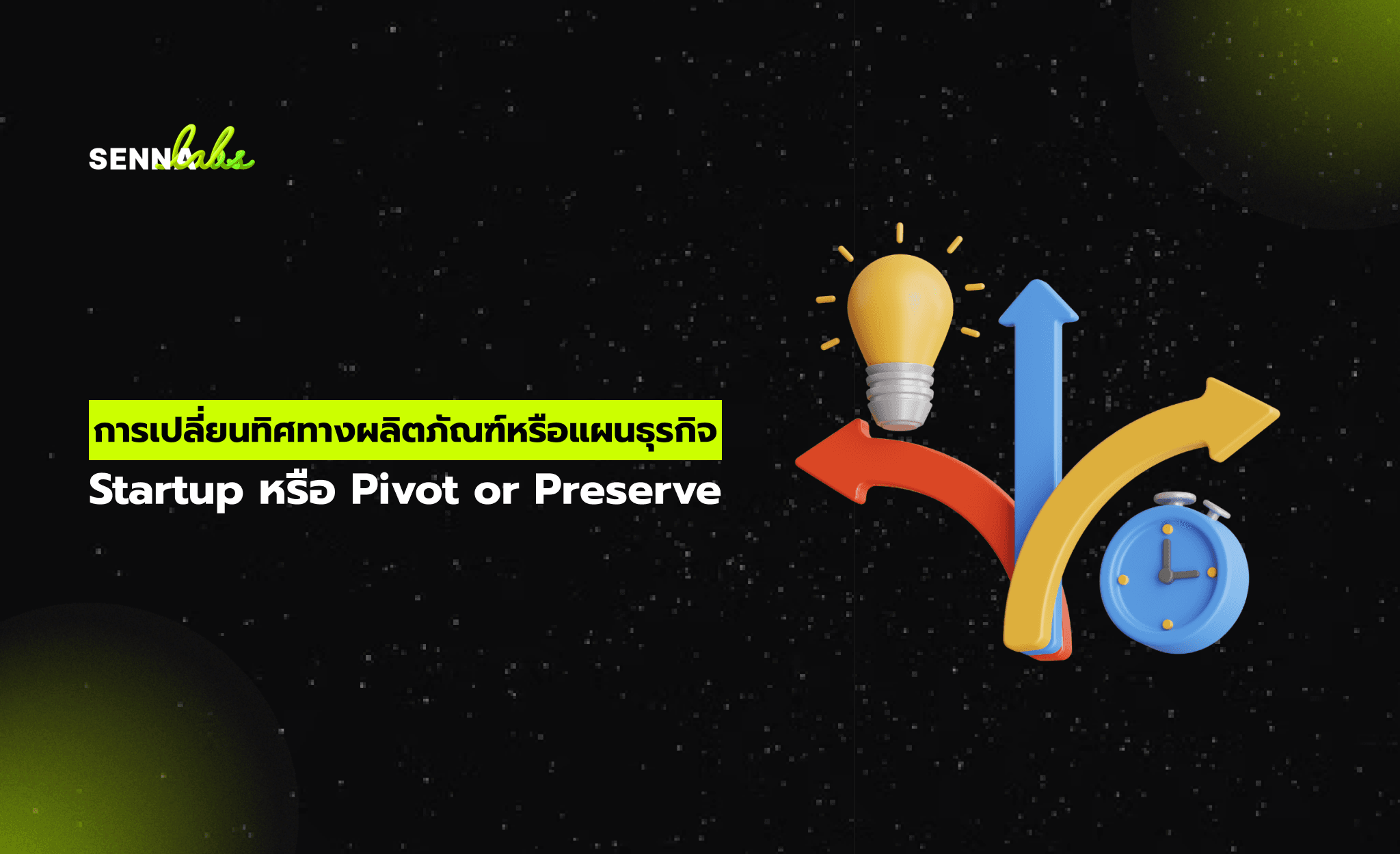Professional Translation: AI vs Human Translators

Finding the Right Balance for Speed, Accuracy, and Quality
As more businesses expand globally, the need to present content in multiple languages is no longer optional—it’s essential. But with that need comes an important decision: should you use AI-powered translation tools like Google Translate or DeepL? Or should you rely on human translators?
Both options offer unique advantages and drawbacks. The best choice often depends on your content type, timeline, budget, and quality expectations. In many cases, a hybrid approach—using AI for speed and humans for quality—strikes the perfect balance.
In this article, we’ll break down the pros and cons of AI translation vs. human translation, and share a real-world example of how one regional enterprise successfully combined both to cut content delivery time in half.

Why Translation Quality Matters
Website visitors and customers tend to judge your brand by the quality of your communication. Poorly translated content can:
-
Confuse or mislead users
-
Damage trust and credibility
-
Hurt your search engine rankings
-
Lead to lost sales, legal errors, or compliance issues
That's why choosing the right translation method isn't just a technical decision—it’s a strategic one.
Option 1: AI Translation Tools (Google Translate, DeepL, etc.)
AI translation tools have come a long way. Platforms like Google Translate, DeepL, and Microsoft Translator use machine learning and neural networks to generate impressively accurate translations for many common language pairs.
Pros:
-
Speed: Translate entire websites or documents in seconds.
-
Cost-effective: Many tools are free or affordable for large-scale use.
-
Integration-ready: Can be embedded in websites, apps, or CMS systems via API.
-
Good for draft content: Provides a solid starting point for professional review.
-
Constant improvement: AI engines learn and improve over time.
Cons:
-
Context errors: Machines can mistranslate idioms, sarcasm, or nuanced phrases.
-
Lack of tone control: AI can't always adapt tone for formal, friendly, or brand-specific voices.
-
Formatting issues: AI may not preserve layout or design elements in visual content.
-
Limited industry knowledge: May struggle with technical or domain-specific vocabulary.
Best use cases:
-
Initial drafts for blog posts or product descriptions
-
User-generated content or FAQs
-
Internal documentation
-
Multilingual chatbots with limited scope
Option 2: Human Translators
Professional human translators are trained not just to convert language, but to communicate intent. They understand cultural context, tone, industry jargon, and the emotional nuance behind your message.
Pros:
-
Contextual understanding: Humans interpret nuance, humor, emotion, and idioms better.
-
Cultural adaptation: Translations are more appropriate for local customs and sensitivities.
-
Tone control: Can match your brand voice across different regions.
-
Higher accuracy: Especially critical for legal, medical, or high-stakes communication.
-
Quality assurance: Can flag inconsistencies, outdated references, or sensitive content.
Cons:
-
Time-consuming: Translating large content manually can take days or weeks.
-
Higher cost: Per-word or hourly rates can be expensive for large projects.
-
Scalability issues: Slower when managing many languages or frequent updates.
-
Resource dependency: You rely on availability and reliability of individual translators or agencies.
Best use cases:
-
Marketing copy, landing pages, and brand messages
-
Legal disclaimers, terms & conditions
-
Instruction manuals or user guides
-
Any content that represents your reputation
Hybrid Approach: Best of Both Worlds
Rather than choosing one or the other, many organizations are now using AI for the first draft, followed by human editing and quality review. This model speeds up production while maintaining high standards.
How it works:
-
AI tool translates the initial version of the content
-
Human translator or editor reviews and refines the text
-
Final version is published with proper context, tone, and structure
-
Translation memory is updated to improve future work
Real-World Case Study: Regional Enterprise Cuts Delivery Time by 50%
A mid-sized enterprise operating in Southeast Asia needed to regularly publish press releases, blog posts, and product updates in four languages: English, Thai, Vietnamese, and Indonesian.
Challenges:
-
Content volume was high and recurring
-
Deadlines were tight, especially for time-sensitive announcements
-
Using only human translators caused bottlenecks and delays
-
AI translation alone led to tone inconsistencies and minor errors
Their solution:
-
Integrated Google Cloud Translation API into their CMS
-
Used AI to generate first-draft translations immediately after content was finalized in English
-
Established a team of freelance editors fluent in each target language to review and localize the drafts
-
Built a translation memory system to re-use common phrases, reducing repetition over time
Results:
-
Content delivery time reduced by over 50%
-
Human editors spent less time starting from scratch
-
Website engagement improved due to more timely updates in each region
-
Internal teams coordinated more smoothly across language barriers
This hybrid method allowed the company to scale multilingual publishing without sacrificing quality—an outcome made possible by combining machine speed with human insight.
Final Tips for Choosing the Right Translation Method
Ask yourself the following:
-
How fast do you need to publish content?
-
Is tone and nuance critical (e.g., for marketing)?
-
Do you have the budget to support full human translation?
-
Will content change frequently or remain static?
-
Is SEO a major goal for your translated content?
If time or budget is limited, start with AI and involve human translators for high-priority or high-visibility pages. For legal, medical, or complex documents, always use professionals.
Conclusion
AI translation tools like Google Translate and DeepL have transformed the way we approach multilingual content. But while machines can handle scale, they often lack the nuance required for polished, culturally sensitive communication.
Human translators bring a level of understanding, tone, and cultural fit that AI can’t replicate—at least not yet.
The most effective multilingual websites use a blended approach: speed and efficiency from AI, balanced with the finesse and quality assurance of real human translators. This ensures that your brand doesn’t just “speak another language”—it connects with people who speak that language.


Subscribe to follow product news, latest in technology, solutions, and updates
Other articles for you



Let’s build digital products that are simply awesome !
We will get back to you within 24 hours!Go to contact us Please tell us your ideas.
Please tell us your ideas.







